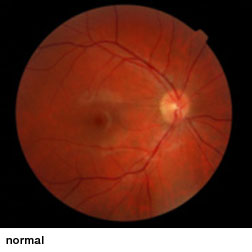Glymphatics is a new subdiscipline in neuroscience that was essentially discovered by a Danish neuroscientist named Maiken Nedergaard. Dr. Nedergaard gave a fine seminar on this subject on Sunday.
Glymphatics consists of the system that removes waste products from the brain. Dr. Nedergaard showed movies that showed how the cerebrospinal fluid that bathes the periphery of the brain pulsates as it moves over the brain. When die molecules are injected into the cerebrospinal fluid, these dyes wend up in the blood system. How does this happen?
Nedergaard reasoned that diffusion of the fluid was far too slow for the dye to get to the blood system as fast as it does. Instead, she suspected that fluid moves by means of a “convection current.” How does this work? The blood vessels that feed the brain are surrounded by cells known as astrocytes. These astrocytes prevent molecules from entering the brain unless they can properly negotiate their way across these astrocytes, and this forms the basis for the blood-brain barrier. Cerebrospinal fluid moves across the cells of the brain and is removed by the astrocyte-surrounded vessels. This sink for the cerebrospinal fluid essentially pulls the cerebrospinal fluid across the brain cells and serves as the means by which the brain is cleansed of waste products.
This system, however, is subject to regulation, since the flow of fluid from the cerebrospinal fluid depends on the size of the spaces between brain cells. As it turns out, the spaces between brain cells in larger during sleep than when we are awake. Therefore, sleep seems to be the means by which our bodies clear the rubbish from our brains.
The molecule that controls the space between brain cells is norepinephrine. How it does that remains uncertain, but this is the molecule that is released during sleep to help clear out the garbage in the brain.
Since Alzheimer’s disease, Parkinson’s disease, other neurodegenerative diseases include the accumulation of protein aggregates in the brain, the removal of waste products in the brain would seem to be a rather important process. Also, when there is a head injury, surgeons sometimes leave the skull cap open while the brain heals. This, however, hamstrings the glymphatic system and surgeons should replace the skull cap so that the glymphatic system can do its job. Secondly, if norepinephrine can regulate this system, then this might be a way to increase clearance of waste products from the brain to reduce or delay the accumulation of protein aggregates in the brain.
Remarkable isn’t it?


